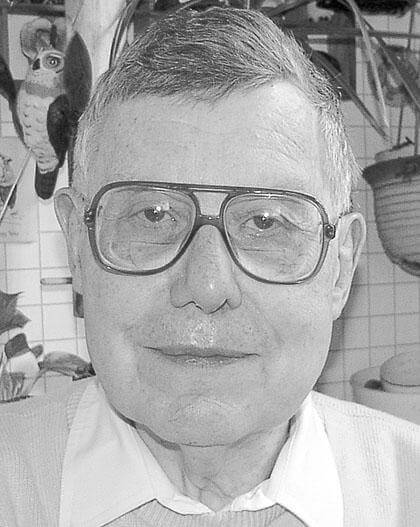By Kenneth Kowald
In an e-mail to City Parks Commissioner Adrian Benepe, I told him I was planning to write columns about PS 174, the William Sidney Mount school, in the Crescents section of Rego Park, and about the adjoining Painter’s Playground. The response was prompt and informative, both from the Arsenal and Dorothy Lewandowski, the Queens Parks commissioner.
As a result of the excellent cooperation of Benepe’s department and with other sources I tracked down, including former Parks Commissioner Henry Stern, I have been able to piece together a plausible history of the playground and its relationship to the school.
The playground, which opened about three years before the school, did not have a name until some years later. At some point, what is now the “Painter’s Playground” became “Mount Playground.” Robert Moses, the Parks commissioner in 1946 and urban planning czar, did not favor naming places but sought geographic designations. I think he would have opposed “Jackie Robinson Parkway” and “Robert F. Kennedy Bridge” because they do not tell you where you are going.
Moses scored something of a coup in the Crescents playground. It was designed by Skidmore Owings & Merrill, then a young firm and probably glad to get the job. SOM has designed 1 World Trade Center and some of the world’s tallest buildings, including the John Hancock Center in Boston, the formerly named Sears Tower in Chicago and the world’s tallest building in Dubai.
But my efforts to get information from the city Department of Education were difficult at every point.
After waiting a week for a reply to an e-mail to then-city Schools Chancellor Joel Klein, I wrote to him again. He wrote that the matter was going to his communications department. Nothing happened for more than two weeks. After another e-mail to Klein about the delay, four more weeks passed before I received written answers.
I was told the school was named for Mount because he “is buried nearby.” Mount, I was told, was a painter. The third point, rather garbled, gave the impression that Mount had done paintings of the school itself. I have kept this e-mail as an example of bad writing.
In an e-mail response that same day to my “communicater” at the DOE, I asked where Mount was buried and what exactly the third point meant. I requested sources for the comments. After another week and another e-mail request from me — the first one was not answered — my “communicater” wrote, “I do not have any additional information for you.”
I sent another e-mail and another week went by and I got this message: “I have provided you with all the information we were able to recover.” No sources of that information were provided.
I sent all the correspondence to Klein and the mayor’s office. The rest is silence.
Of course, Mount died long before the school was dedicated to him. There are prints of some of his paintings on display in the school. And if Setauket is “nearby,” then my communicator was correct, because that is where Mount is buried. You can look it up. Apparently, the communications unit of the DOE did not bother to do so.
The mystery remains. Why was this school named for a genre painter who seems to have had no known connection to the Crescents area of Rego Park — which, of course, did not exist at the time he flourished?
The new chancellor, Cathleen Black, is a former media mogul, so perhaps she will shake up DOE’s communications office to make it a source of information rather than a deceitful attempt at public disinformation. Some day they might even find the answer to the mystery.
Is this the Edwin Drood of school naming, a question never to be resolved?

































